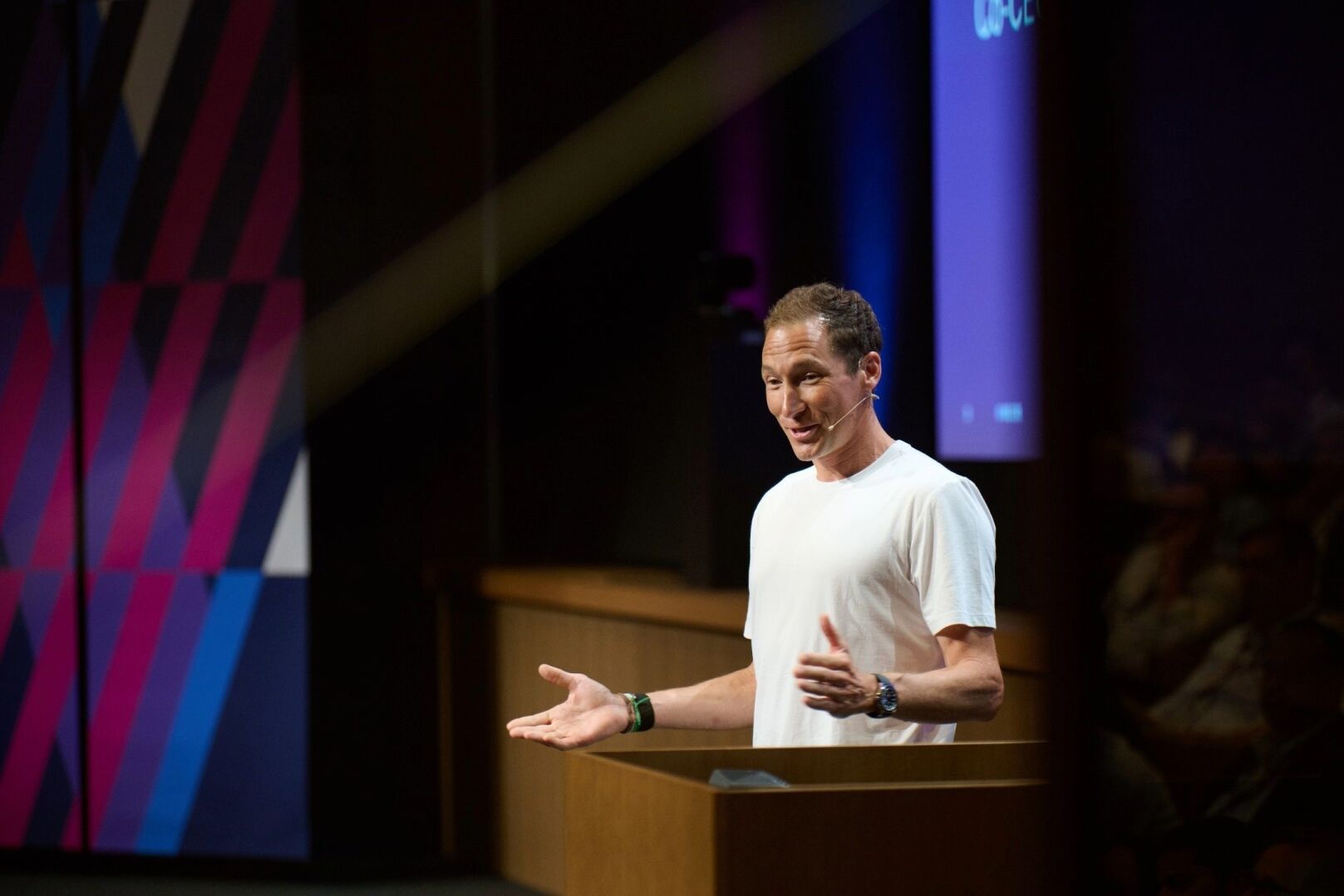Essilor’s Eye Mitra program: Serving BOP markets through inclusive business models
At Essilor, Jayanth Bhuvaraghan, recently retired Chief Mission Officer (CMO), had launched and then promoted an original base-of-pyramid (BOP) operation in India, which recruited, trained and set up some 8,000 Eye Mitras to operate in remote rural communities. These primary vision care providers were able to run vision tests and produce correction lenses and glasses for the rural population at costs they could afford and, in the process, significantly improve the quality of life for millions. However, the program was still in its infancy and achieving its ambitious goal of eliminating poor vision by 2050 would require a new, more ambitious roadmap, which had to include recruiting other organizations – including eye hospitals, foundations and non-government organizations – to leverage its efforts for maximum impact, in the spirit of the UN’s Sustainable Development Goal 17 (SDG 17). For Essilor to deliver on its own commitments and work with other organizations in India to execute on the strategy, it had to add another 52,000 Eye Mitras to its existing network, to reach a total of 60,000, which was essential to achieving the goal of eliminating poor vision by 2050. The litmus test was to determine how it could best contribute to making this happen. The path was clear, but the goals remained ambitious. Could it convince others to join the efforts to make this part of the world a better place to live? The quality of the lives of millions of rural Indians lay in the balance.
Related Content
Related Resources
- Discuss the challenges of corporate impact investments and base-of-the-pyramid initiatives.
- Investigate operational business models to engage others in reaching ambitious social goals.
- Build the business case for social projects.
EssilorLuxottica, Consumer Goods, Optical Products
2015-2021
Cranfield University
Wharley End Beds MK43 0JR, UK
Tel +44 (0)1234 750903
Email [email protected]
Harvard Business School Publishing
60 Harvard Way, Boston MA 02163, USA
Tel (800) 545-7685 Tel (617)-783-7600
Fax (617) 783-7666
Email [email protected]
NUCB Business School
1-3-1 Nishiki Naka
Nagoya Aichi, Japan 460-0003
Tel +81 52 20 38 111
Email [email protected]
IMD retains all proprietary interests in its case studies and notes. Without prior written permission, IMD cases and notes may not be reproduced, used, translated, included in books or other publications, distributed in any form or by any means, stored in a database or in other retrieval systems. For additional copyright information related to case studies, please contact Case Services.
Research Information & Knowledge Hub for additional information on IMD publications
Related Content
Related Resources
Related Content
in I by IMD
Research Information & Knowledge Hub for additional information on IMD publications
in I by IMD
Research Information & Knowledge Hub for additional information on IMD publications
Research Information & Knowledge Hub for additional information on IMD publications
in I by IMD
Research Information & Knowledge Hub for additional information on IMD publications
in I by IMD Brain Circuits 17 June 2025
Research Information & Knowledge Hub for additional information on IMD publications
in I by IMD
Research Information & Knowledge Hub for additional information on IMD publications
in I by IMD
Research Information & Knowledge Hub for additional information on IMD publications
in I by IMD
Research Information & Knowledge Hub for additional information on IMD publications
Research Information & Knowledge Hub for additional information on IMD publications
Research Information & Knowledge Hub for additional information on IMD publications










